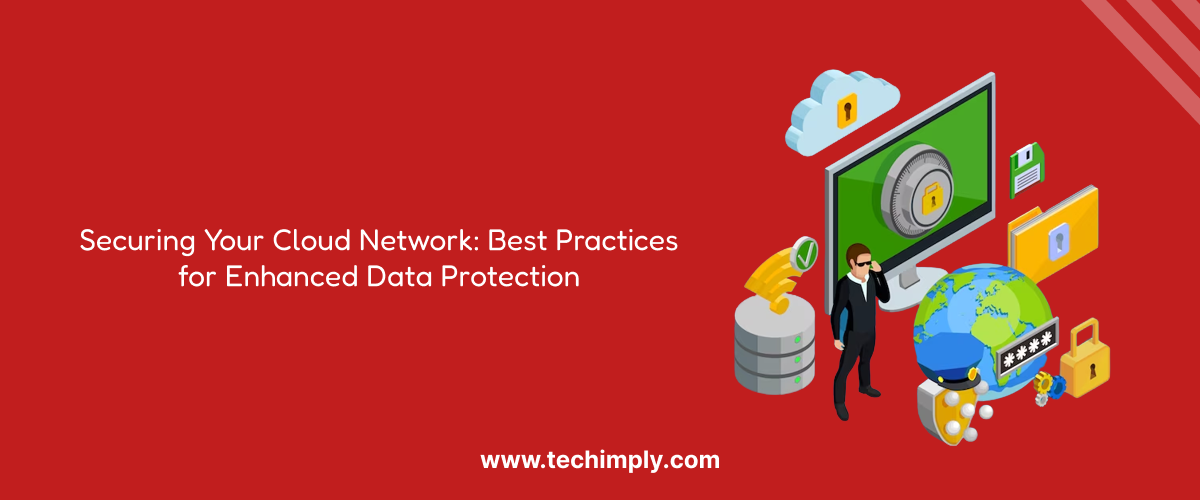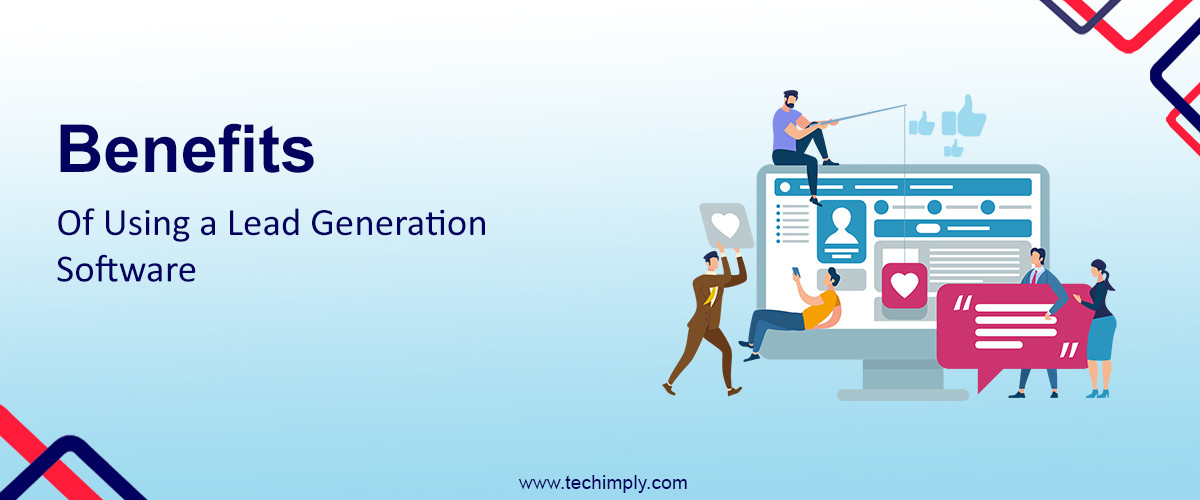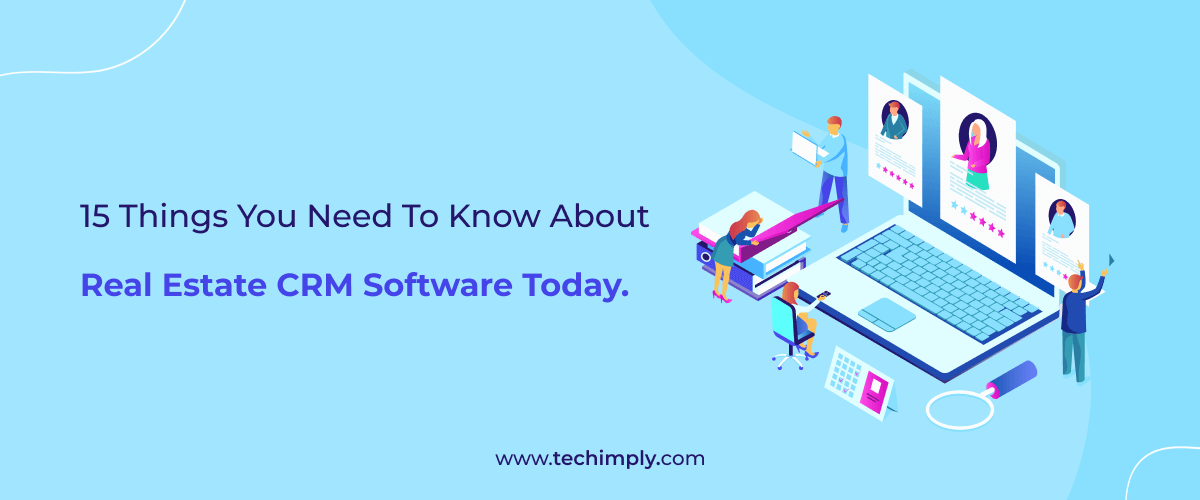It has been a long time since cloud networks entered our lives. More and more businesses adopt cloud networks into their work. Flexibility and efficiency are the most featured aspects of cloud computing. Corporations can shape cloud network architecture according to their needs.
Cloud environments and virtualized architectures offer a great range of choices. Moreover, you can obtain cloud environment benefits at reasonable prices. Although these cloud environments have numerous benefits and advantages, they bring data protection concerns.
Companies need to draw a roadmap regarding cloud network security and data protection. Companies can benefit from several consultancy firms, tools, and products. On the other hand, cloud security software is a shared responsibility. Organizations can not %100 released from obligations. In a nutshell, companies must imply some practices even if they have assistants.
In this article, we will discuss best practices for cloud network security. It includes not only cyber security tools but also in-house measures.
Cloud Network Security Vs. On-Premises Network Security
- On-Premises Network Security
Security threats are evolving all the time. Technological developments and tech adoption in businesses changed the way that companies use security tools. You can observe basic architecture in on-premises networks. Putting threat detection systems and firewalls to the endpoints is relatively simple. IT teams can track user activities, and answer threats in real-time.
- Cloud Network Security
Cloud network security solutions adopt new techniques and innovative tools. The common purpose of all cloud network security practices is data protection. Avoiding data breaches in cloud servers is the main concern of all cloud security tools.
The most popular cloud network security definition is virtualized technology which covers a broad set of policies, technologies, practices, and controls used to protect data, apps, and services. It is crucial to realize that cloud network security requirements are different and complicated.
First of all, user access to the cloud network systems are easier. Users can enter into gateways regardless of their locations and the devices that they use. It is more difficult for companies to monitor user activities. The control of IT teams over users is relatively low.
On the other hand, cloud network security requires regular tracking of user activities and awareness maintenance. You can use GCP serverless functions to implement security policies and automate such tasks. Check National Cyber Security Centre recommendations for cloud security to broaden your horizon on data protection.
Cloud environments and virtualized assets are more prone to data breaches and cyber-attacks. This is why we define cloud architecture protection as more complicated and challenging.
How To Protect Data On Cloud Environments
- Access Control
Access control is a very vital part of data protection on the cloud. Companies should determine priorities when deciding who can access which data resources. Access control tools and technologies are the other concerns for organizations.
The main purpose of access control is to minimize the attack surface and data breach risks. We mentioned before that data security in cloud environments is a shared responsibility. It means companies should consider human factors for total protection. Many security tools and practices protect networks against external threats.
However, internal subjects can risk network security as much as externals do. Internal threats have reached such a level that the EU Agency for Cybersecurity has published a leaflet on this matter. The solution is to monitor, control, and audit internal users when they try to access sensitive data resources.
- Identity And Access Management (IAM)
As the name suggests, IAM is about managing identities and access authorizations. Only authorized and right people should have access authorization to the specific resources. Organizations develop systems and benefit from technologies to verify user credentials. When the IAM system verifies user identifications, the user can access databases, applications, and other sensitive company assets. This is a great way to minimize threats and data breaches.
It is crucial to maintain this verifying process quickly because verifying at every step can take some time and diminish productivity. IT teams and managers can classify data resources and other sensitive assets. This is how they decide on sensitive resources so they can consider other prevention methods. Another step is to manage user identities.
As a business owner or manager, it is your responsibility to decide who can access which data resources. When only authorized people can access resources and are limited to their requirements, the risk of a data breach is reduced.
- Zero Trust
Cloud environments are dynamic and change all the time. Policies, technologies, and tools should conform to this dynamic environment to provide adequate protection. Zero Trust is compatible with cloud architecture requirements because it consists of several tools, technologies, and mentality. Zero Trust is not only a tool or technology. It is a comprehensive method to provide data protection.
Zero Trust embraces the idea of more verification and less trust. Companies can create security policies and access control methods to regulate access permissions. Devices, networks, users, and data resources can be protected by all these methods.
- Network Segmentation
Network segmentation or micro-segmentation is another part of Zero Trust. Segmentation means separating the network into smaller pieces. This separation makes control processes easier and helps IT teams on their protection journey. It presents effective monitoring and control system. On the other hand, segmentation avoids damage to be spread out.
- Security Policies
Creating a security policy is another way to enhance cloud network security. Companies have legal liabilities in terms of data protection. Robust policies which are compatible with regulations can help companies on their protection and security journey. An ideal security policy must include risk management strategies, access control methods, and weak points of cloud architecture.
Data classifying and protection tools should also take place in a security policy. You can consider security policies as a guideline for a secure cloud experience.
In Conclusion
Securing a cloud network requires robust data protection. The main risk for cloud architectures is data breaches. Companies started to embrace cloud environments since they have many advantages. On the other hand, security measures should change according to cloud network security requirements. Data protection best practices like Zero Trust, Identity and Access Management, access control, and security policies are the best ways to create a risk-free and reliable cloud environment. As a contemporary enterprise and manager, you should consider data protection best practices to safeguard your data resources on the cloud. Otherwise, you can not pace up with your competitors in such a competitive era.






